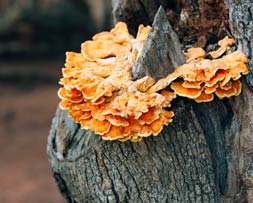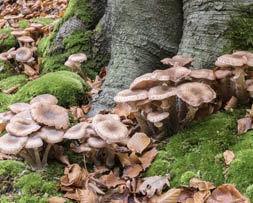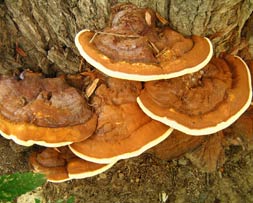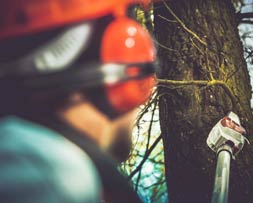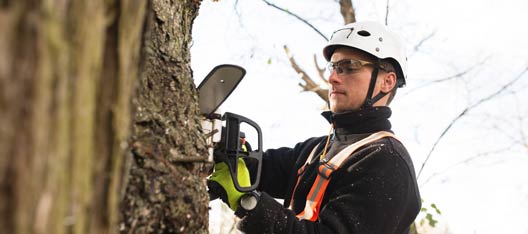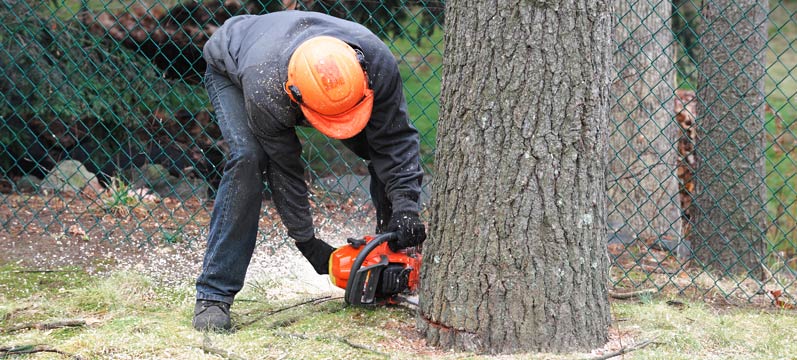
Tree Removal Service
Trees serve as valuable assets for any property, even if landscaping isn’t your forte. Their presence adds intrinsic value, requiring minimal upkeep. However, despite your best efforts, trees can still reach the end of their lifespan.
The removal of a dying tree, though seemingly a hassle, is a crucial aspect of maintenance. It serves as a proactive measure to protect not only the tree itself but also the surrounding vegetation and structures from potential harm.
Recognizing signs of a tree in serious disrepair is vital. From visible decay and structural weakness to signs of disease or infestation, being vigilant can help address issues before they escalate.
Therefore, while it may seem like a waste of time, removing a dying tree is an essential task in maintaining the health and aesthetics of your property. By staying attuned to warning signs and taking proactive measures, you can ensure the longevity and safety of your trees and the surrounding environment.
let this problem fester. Act fast–pay close attention to the following warning signs.
Tree Removal Service: Understanding the Basics
- Assessment: Begin by assessing the tree’s condition. Look for signs of decay, disease, structural instability, or any other factors that may pose a risk.
- Safety Measures: Prioritize safety. Clear the area around the tree and use appropriate safety gear, such as helmets and gloves. If the tree is near power lines or structures, consider hiring a professional tree removal service.
- Equipment: Gather the necessary equipment for the task. This may include chainsaws, ropes, ladders, and wood chippers, depending on the size and location of the tree.
- Techniques: Choose the appropriate removal technique based on the tree’s size, location, and condition. Options include felling the tree in one piece, or if space is limited, dismantling it section by section.
- Disposal: Plan for the disposal of the tree debris. Some municipalities offer curbside pickup for tree branches and logs, while larger pieces may require special arrangements.
- Professional Assistance: For complex or hazardous tree removals, consider hiring a professional tree removal service. They have the expertise, experience, and equipment to safely remove trees and mitigate any potential risks.
IS IT TIME FOR YOUR Tree To Be Removed?
Don’t wait to find out. You’d be surprised to learn what could await you, should you decide to
let this problem fester. Act Fast–Pay Close Attention to the following warning signs.
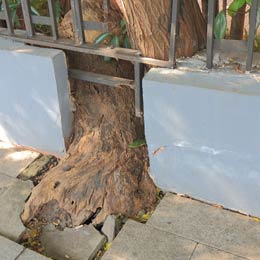
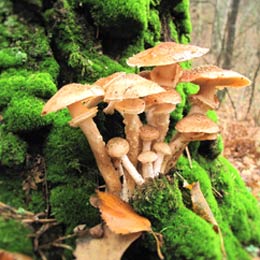
Determining the Need for Tree Removal: Safeguarding Your Property!
Preventing Structural Damage: The Importance of Proper Tree Planting
Ignoring early signs of structural damage caused by trees is ill-advised. The eventual cost of such ignorance far exceeds that of timely removal. Consider the expenses associated with repairing pavements, foundations, roofs, and landscapes – certainly not a pleasant prospect.
To safeguard both your property and your finances, proactive action is essential. Addressing potential issues promptly ensures the longevity and safety of your property, sparing you from the burden of extensive repairs later on.
Quick Rundown
want to protect the rest of your property.
